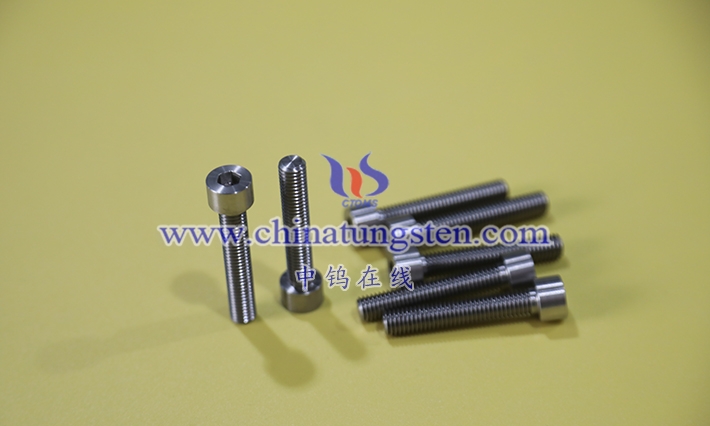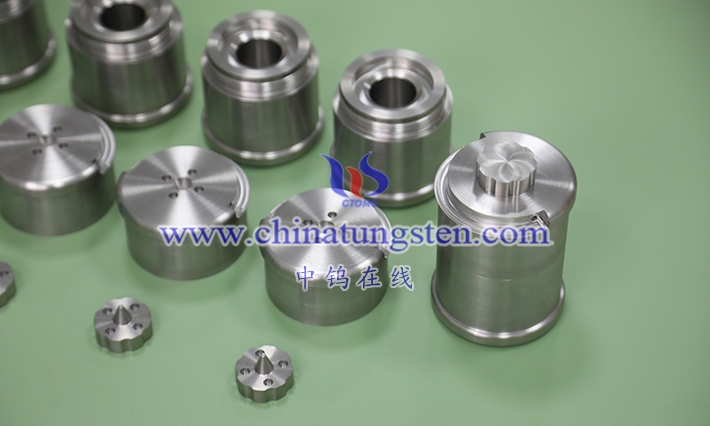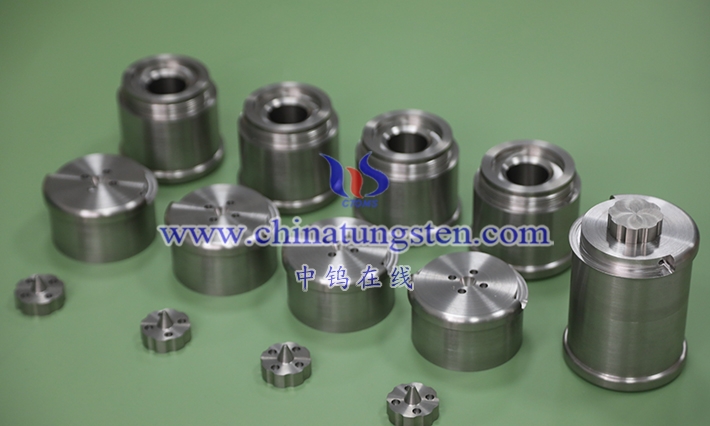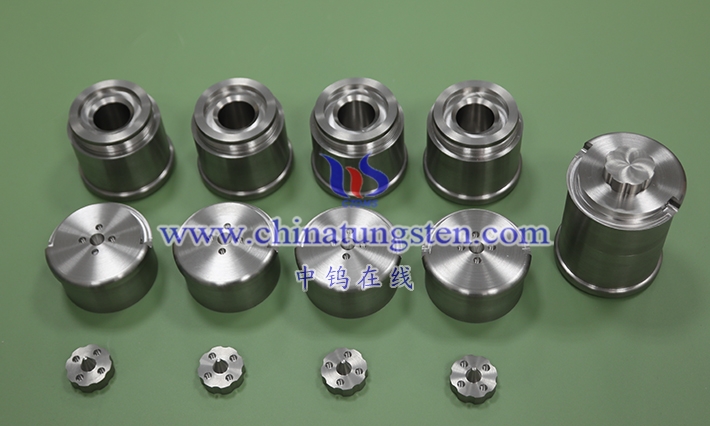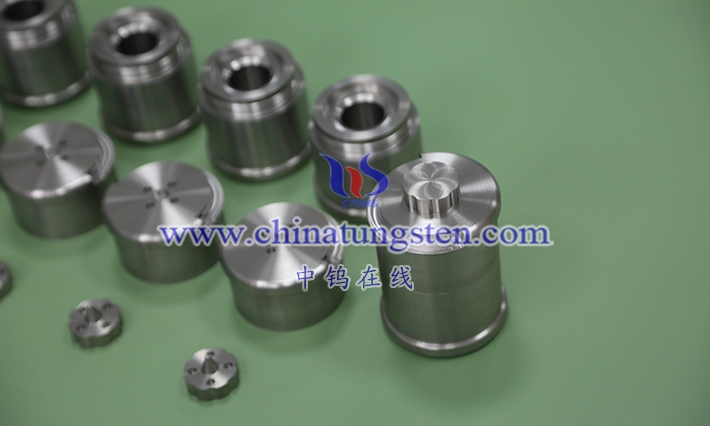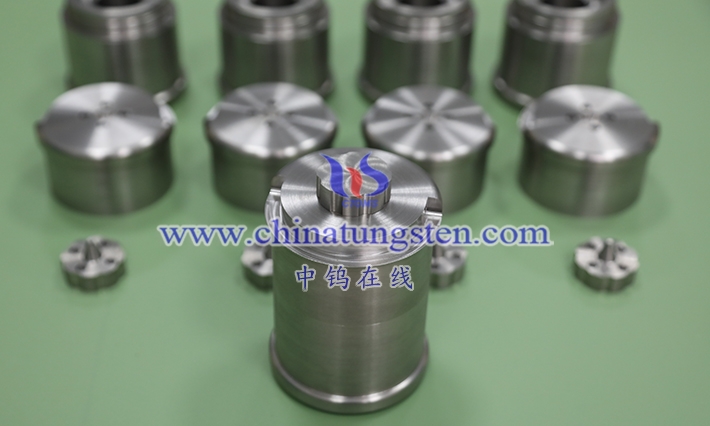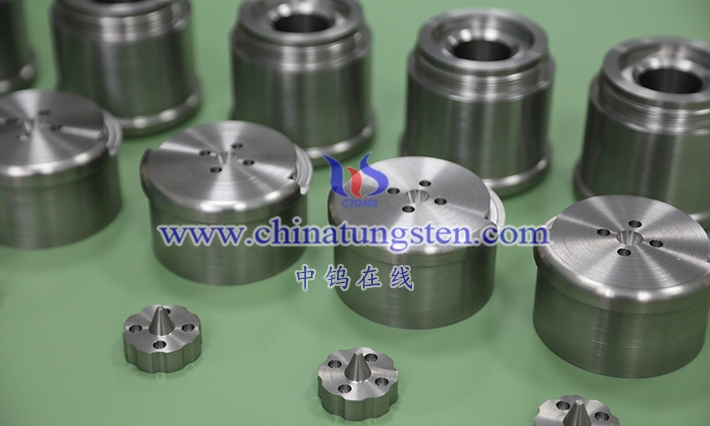What features do the grain structure and phase distribution of tungsten alloy screws present? Typically a two-phase composite structure, with tungsten grains round or nearly spherical uniformly distributed in the matrix phase. First, grain structure features: Tungsten particles size 5-30μm, equiaxed or elongated, formed via liquid-phase sintering, clear grain boundaries, no obvious dislocation accumulation inside, fine grains (<10μm) enhancing ductility, avoiding brittleness from coarse grains. Second, phase distribution features: Tungsten phase accounts for 90%-97%, matrix phase (like Ni-Fe or Cu) entwined filling gaps, forming network distribution, EDS showing uniform elements, no obvious segregation, matrix phase providing toughness bridging tungsten grains. Third, in screw forming, heat treatment induces recrystallization, grain refinement to 2-5μm, denser phase distribution, improving hardness. Fourth, features also include high-density distribution, multiple grain contact points, forming continuous skeleton, enhancing load bearing. Compared to pure tungsten, alloy grains are smaller, phase distribution optimizing performance, like tensile strength up to 1200MPa. Overall features make tungsten alloy screws stable under vibration and high torque, suitable for precision fastening.
